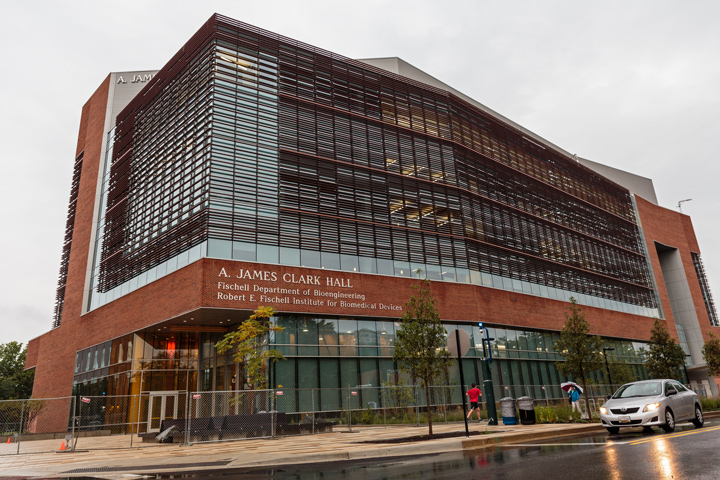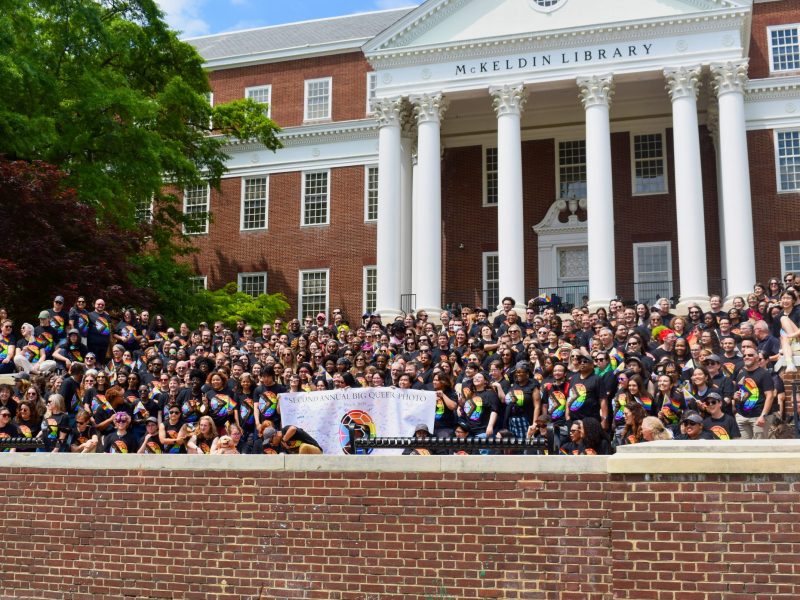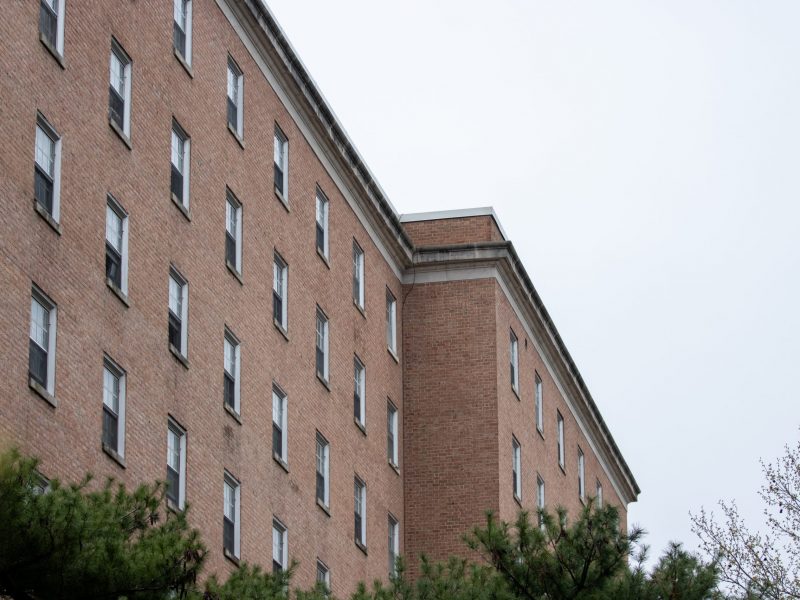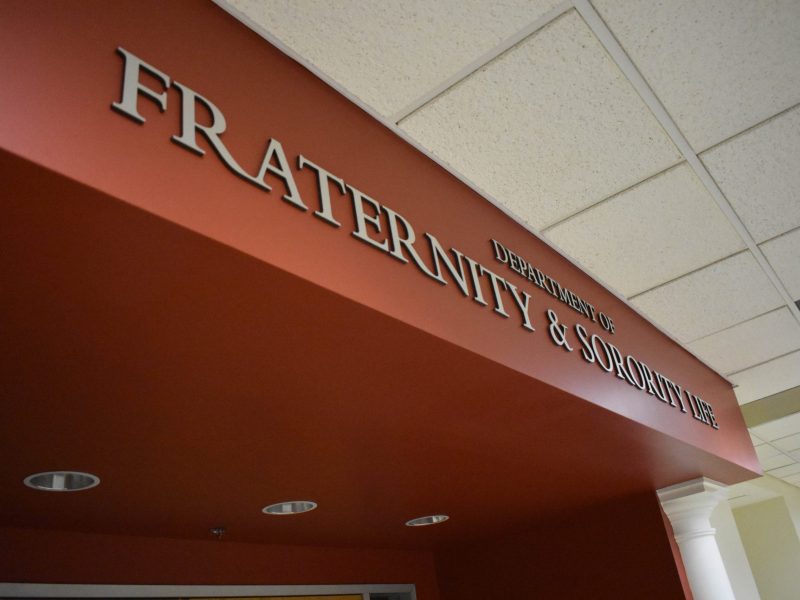About a third of the buildings on the University of Maryland’s campus have not been renovated in at least 40 years, and there is a space deficit of 1.8 million square feet, according to a progress update of the Facilities Management master plan.
The 44-page document, which highlights this university’s achievements and failures in facility management during the past six years, found that a sizable percentage of the more than 250 buildings on the main campus have not received complete renovations in more than four decades as of 2016.
Since 2011, when the plan was originally developed, Facilities Management has constructed 57 percent of its planned projects. While 29 new buildings were proposed to be built by 2017, only 11 — including Oakland Hall, Prince Frederick Hall, the Edward St. John Learning and Teaching Center and A. James Clark Hall — were finished.
Thirty-three campus buildings had planned renovations, and 19 of these projects took place between 2011 and 2017, according to the update. It also found that the campus intends to build or finish construction of six new buildings, such as Cole Field House, by 2021.
[Read more: Edward St. John attends dedication ceremony of new UMD building named after him]
One-sixth of buildings on this campus are considered in “poor condition,” according to the plan.
This backup comes as a result of a lack of funding for facilities maintenance. As of 2015, the estimated total for addressing all maintenance backlog items was about $907 million, and it is unclear where the funding for additional maintenance will come from, said Bill Olen, Facilities Management capital projects director.
“[There’s no plan to address this backlog] in the near future. There’s a long-term plan to find sources of funding to help reduce the deferred maintenance,” Olen said. “Some of it may come from the state and some may come from the [University System of Maryland], but there’s not a short-term solution because the numbers are so big.”
There is also a need for new continued construction and additional classroom and laboratory space on the campus, with an estimated 1.8 million-square-foot deficit of needed space for classrooms, labs, and offices, Olen said. This number, determined by the state of Maryland, comes from building and classrooms codes and is measured against the number of students, faculty and staff at this university, Olen said.
As a result of this deficit, two academic buildings — the public policy school building and the Brendan Iribe Center for Computer Science and Innovation — are proposed to be built by December 2020. The Iribe Center is under construction and is estimated to be finished in January.
Four non-academic projects are intended to be finished by December 2020: a new dorm on North Campus, a replacement for the North Campus Dining Hall, the Cole Field House renovations and an indoor driving range, Olen said. An additional recreational building, a satellite of Eppley Recreation Center, is also being considered as a potential project, he said.
Some students, such as freshman Zarafsha Ahmed, are concerned that this university is prioritizing the Cole renovations and new buildings over renovating other ones.
[Read more: Maryland celebrates grand opening of Prince Frederick Hall]
“They’re working on the Cole Field House and spending a lot of money on it, and I know that it’s important, but I feel like renovating the buildings is more important,” said Ahmed, who is enrolled in letters and sciences. “To see that they favor Cole and new buildings over other projects is shocking and disappointing.”
William Shorter, the student regent on the system’s Board of Regents, said he understands students may be skeptical of this university’s ability to allocate funds to new buildings and renovation projects when it has failed to do so in the past.
“It’s definitely daunting because it’s kind of like a ‘Mission Impossible’ — how are we going to do this?” said Shorter, a University of Baltimore student. “It is doable, though. It has to be done strategically and with a balance of both interests. As we work through growing pains, the university and Dr. Loh will make sure the campus is safe and utilized to its full capacity.”



